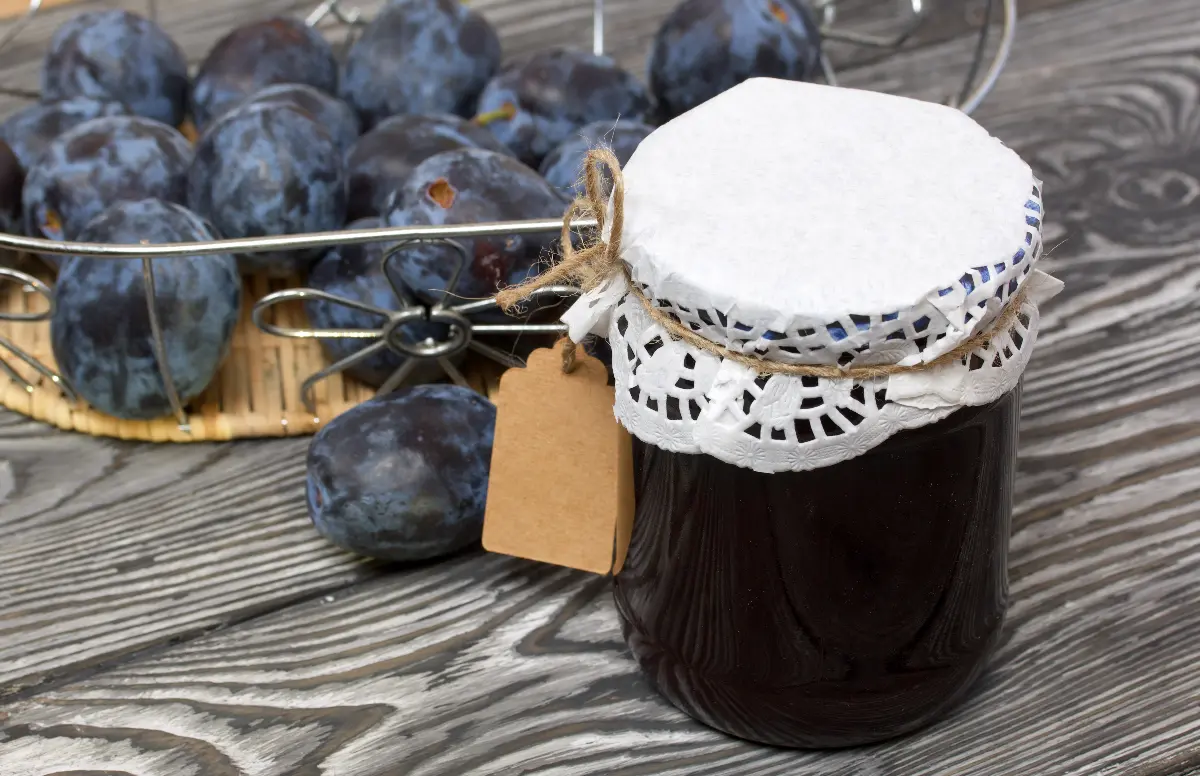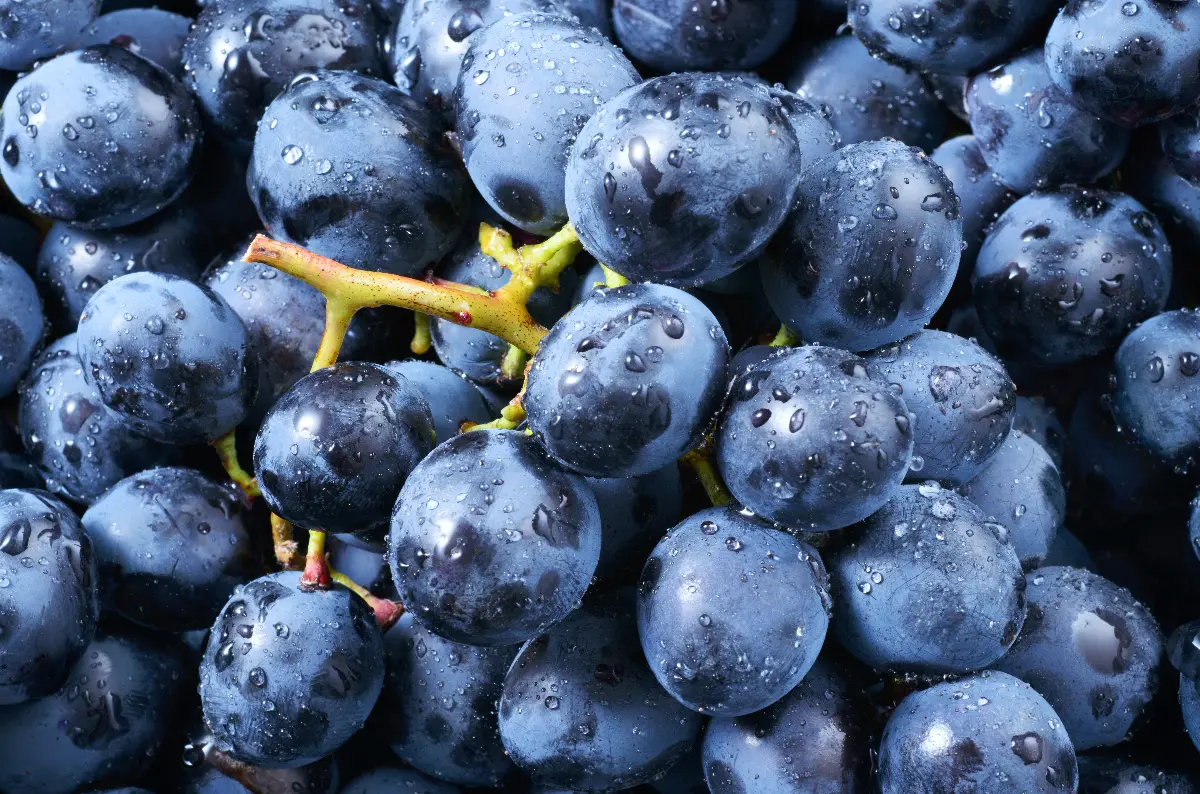
Helyszín címkék:
Plum jungle on the shore of Szamos
Méhész Zsuzsa
Cibere, cauldron, sail
In the end of August, the summer breeze carries unique sweet scents at nights to the villages of Szatmár. At this time, plum jam is simmering, puffing in giant cauldrons at many houses, yards, sheds. According to old traditions. The windows of these houses go dark early, there is no bright nightlife here, the streets are empty, everyone goes to bed early: maybe the only thing happens when the dogs bark at the moon. At the end of August, there is a change: the season of jam making begins. And if you think it means nothing special but fruit processing, you will be very surprised if you are lucky enough to be part of such a seance. As making jam is necessity, pride and tradition together here.

I don' t know plum
The plum variety, which the locals only call “I don’tknow” plum, is officially registered as Penyigei plums, and there are plenty of them at the eastern ends. Yet it is not possible to see this fruit at fruit stands, it does not get to other parts of the country: what is grown locally, is processed locally into pálinka or jam. Its main habitat is Szatmár-Bereg. The easternmost corner of Hungary abounds in waters and rivers. Rivers occasionally step out of their usual beds and their floodplains are covered with clayey, fertile mud. In this lane, on the border of a small village called Tivadar, on the banks of the Tisza, there is one of the largest contiguous jungle orchards in Europe. The plum trees standing here were not planted in military rows, as the orchards are usually planted, but show a dense, jungle-like image. It is no longer known whether their seeds were dropped here by the birds or their new shoots sprouted from the roots of old, rotten trees. The trees form an irregular forest, the name jungle derives from here. Plum trees are abundant in the gardens, in front of the houses, also on the street.

Insomnia
The plum jam of Szatmár is completely organic, it does not contain any additives, yet it can be stored for years. In Hungary, this is the jam made in the most special, most natural way. The big family, relatives gatheron the day of jam cooking. The plums are pounded with long sticks from the tree onto tarpaulin spread on theground. Then plums are sorted and washed several times. Only healthy, beautiful plums can get into the jam -the rest will be fermented and pálinka is going to be made from them. Then the old copper cauldrons appear from the attic, they are plastered with clay and fire is put under it, and plums begin to sweat. Once the fruit issoftened and drained, it is rubbed through a sieve to remove the seed. It is then constantly concentrated on the fire and stirred - for a full day without stopping. The stirring is done alternately by the family members, the whole process can take up to two days, during which time they take turns sleeping for an hour. This is when several generations work together, giving seniors a chance to tell stories to others. Singing together is not uncommon either. Meanwhile, the plum juice called cibere slowly becomes a denser, darker fruit concentration. After evaporating the water content of the jam, the amount also decreases significantly: ten pounds of fruit go into the two-pound jars, and nothing else.

Powdered cat
The finished jam is placed in a large wooden tub used only for this purpose, then covered with a clean cloth and left to stand for a day. Once it is thinly skinned and cooled, it is traditionally filled in pots or jars and covered, it maintains its quality for years. In Szatmár-Bereg, it is used for many local, regional dishes and homemade cakes: several local dishes are made with plum jam can only be tasted here:
the main dish called dirty puff cake, the scone made with pork crackling or as it is called in this region - sparkling scone, the snow croissant, the ‘zserbó’ and the popular powdered cat.








